ASUS and MSI enable overclocking of locked 10th Gen Intel Core processors like ASRock’s BFB
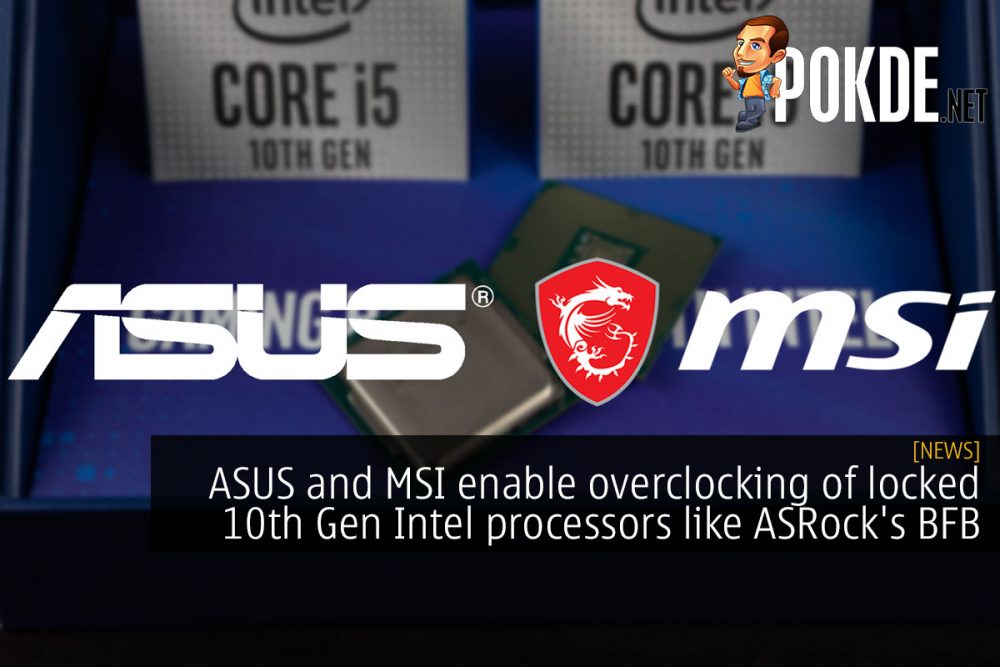
Every board vendor provides their specific optimizations to draw more performance out of any given CPU, but with ASUS Performance Enhancement (APE) and MSI’s Power Limit Setting (PLS), they are bringing overclocking to the 10th Gen Intel’s locked SKUs and non-overclocking Intel B460 and H470 motherboards too. This feature will unlock the TDP limits of Intel’s non-K SKUs which traditionally do not support overclocking, and if it sounds familiar, that’s because it is.
ASRock introduced a similar feature called Base Frequency Boost (BFB), and while ASRock doing it doesn’t sound too surprising, Both ASUS and MSI implementing such a feature does seem pretty intriguing. For one, they stands to lose a lot more if Intel is not happy with them allowing overclocking on Intel’s locked SKUs. There’s a possibility that Intel might actually have given the go-ahead for APE and PLS, and we will see more motherboard vendors implement similar features in their boards as well.
How APE and PLS work is by increasing the PL1 value, or what Intel lists in the specifications as the TDP of any given SKU. With the locked 10th Gen Intel Core SKUs, their TDP is 65W, which will definitely cause the CPUs to throttle quite substantially once the boost time limit is up. This will severely affect performance in extended CPU workloads like video encoding or 3D rendering, but with APE, the limits are raised to up to 210W, while MSI allows for an increase of up to 255W, to allow the processor to run at higher clocks than Intel’s specifications.
ASUS supports APE on a number boards, with most of them offering to raise PL1 to 125W, with only the ASUS ROG Strix B460-F Gaming increasing the PL1 value to 210W, probably owing to its beefier power delivery system than the rest of the boards.
ASUS Performance Enhancement (APE) Boards
| Supported Boards | PL1 Limit | BIOS version |
| ROG Strix B460-F Gaming | 210W | 0808 |
| ROG Strix B460-H Gaming | 125W | 0808 |
| ROG Strix B460-G Gaming | 125W | 0306 |
| ROG Strix B460-I Gaming | 125W | 0306 |
| ROG Strix H470-I Gaming | 125W | 0807 |
| TUF Gaming B460-Pro (WiFi) | 125W | 0808 |
| TUF Gaming B460-Plus | 125W | 0808 |
| TUF Gaming B460-Plus (WiFi) | 125W | 0306 |
| TUF Gaming B460M-Plus | 125W | 0306 |
| TUF Gaming H470-Pro (WiFi) | 125W | 0807 |
| TUF Gaming H470-Pro | 125W | 0807 |
MSI Power Limit Setting Boards
| Supported Boards | PL1 | PL2 |
| MAG B460M BAZOOKA | 135W | 180W |
| MAG B460 TOMAHAWK | 255W | 255W |
| MAG B460M MORTAR | 255W | 255W |
| MAG B460M MORTAR (WiFi) | 255W | 255W |
MSI claims that their higher 255W PL1 value will allow for full throttle boost even in the Prime95 AVX stress test with the Core i7-10700 and Core i5-10600. If you are planning on getting a locked Intel SKU, then I think these are the boards you should get.
And of course, it goes without saying that with more power comes more heat, so you will need to equip your system with a beefy cooling system capable of taming the faster CPUs, as a cooler rated for 65W will just outright fail with either ASUS’ APE or MSI’s PLS modes enabled.
Pokdepinion: It’s still not real overclocking, but the end result is better performance, so… I guess it counts?
















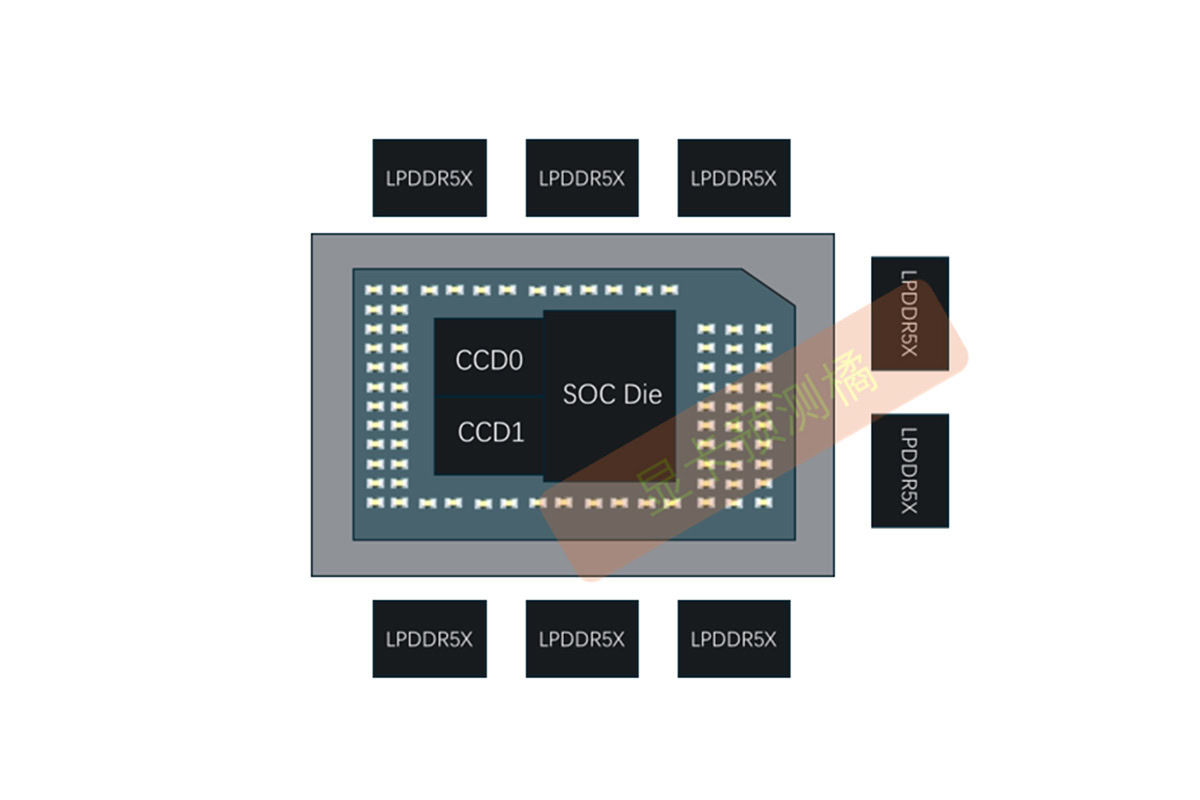
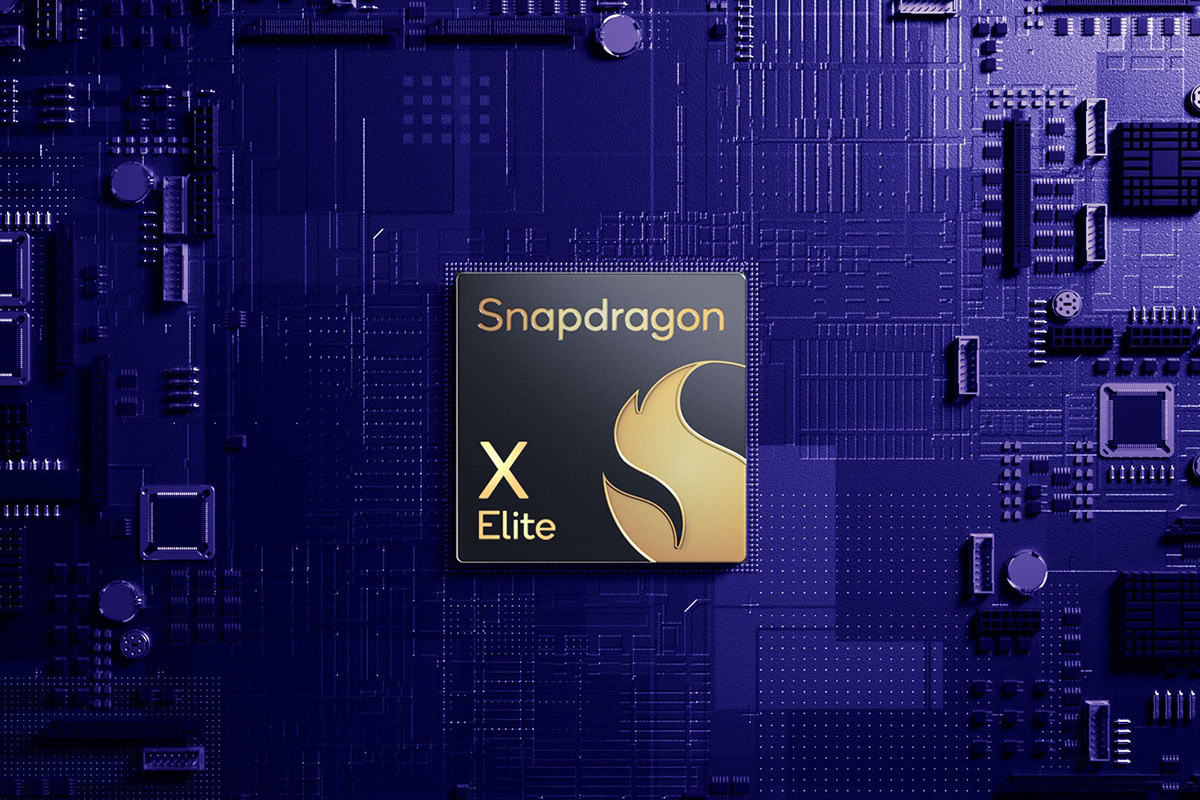
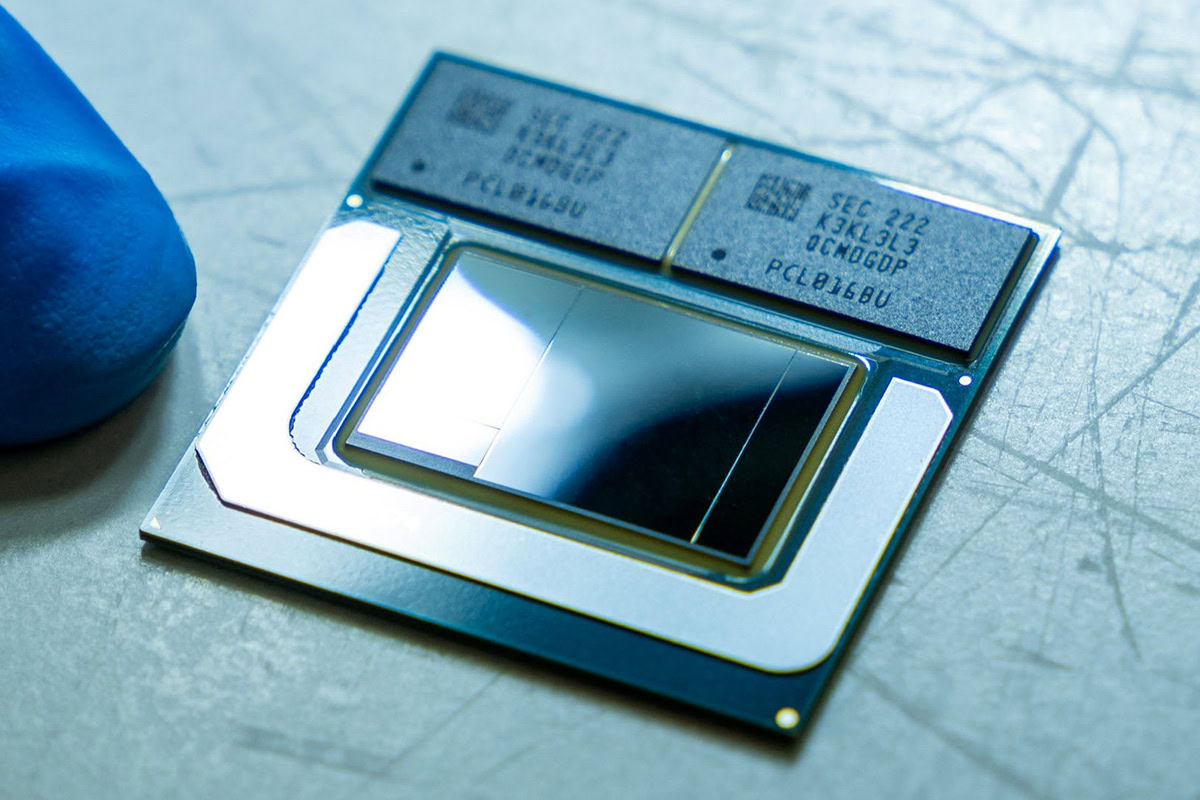


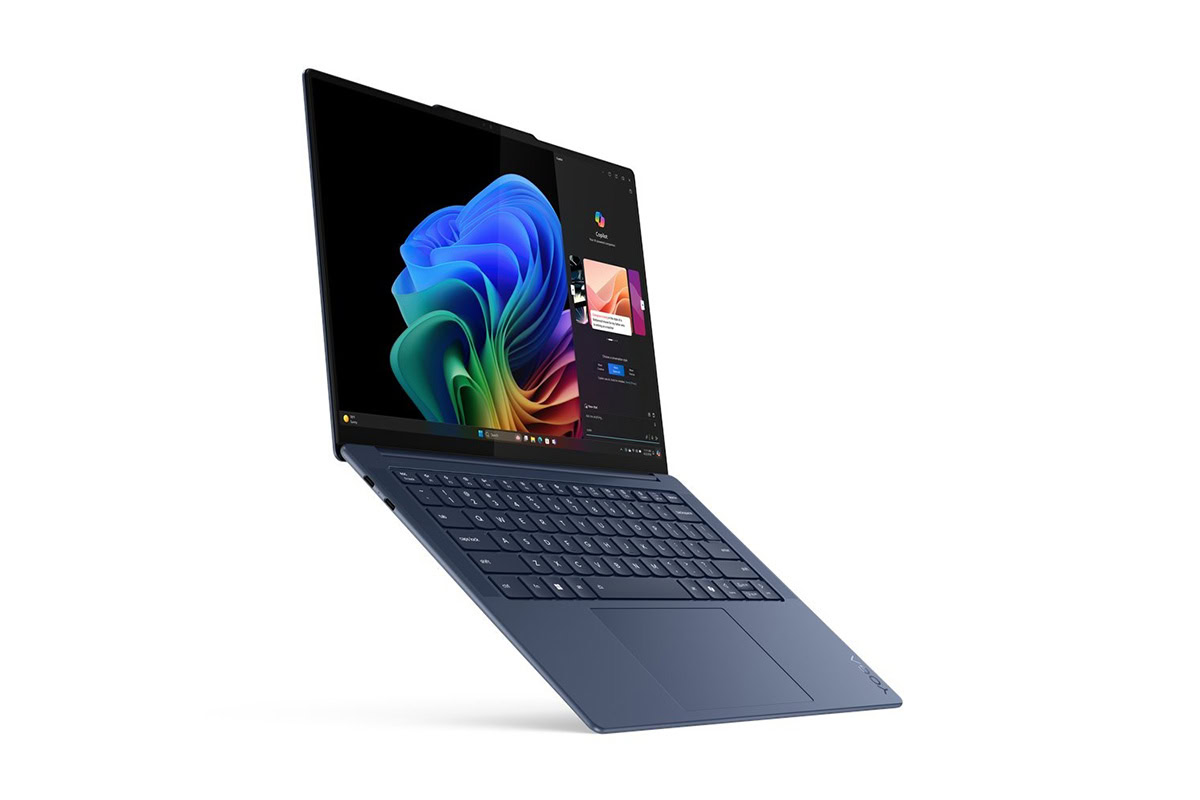







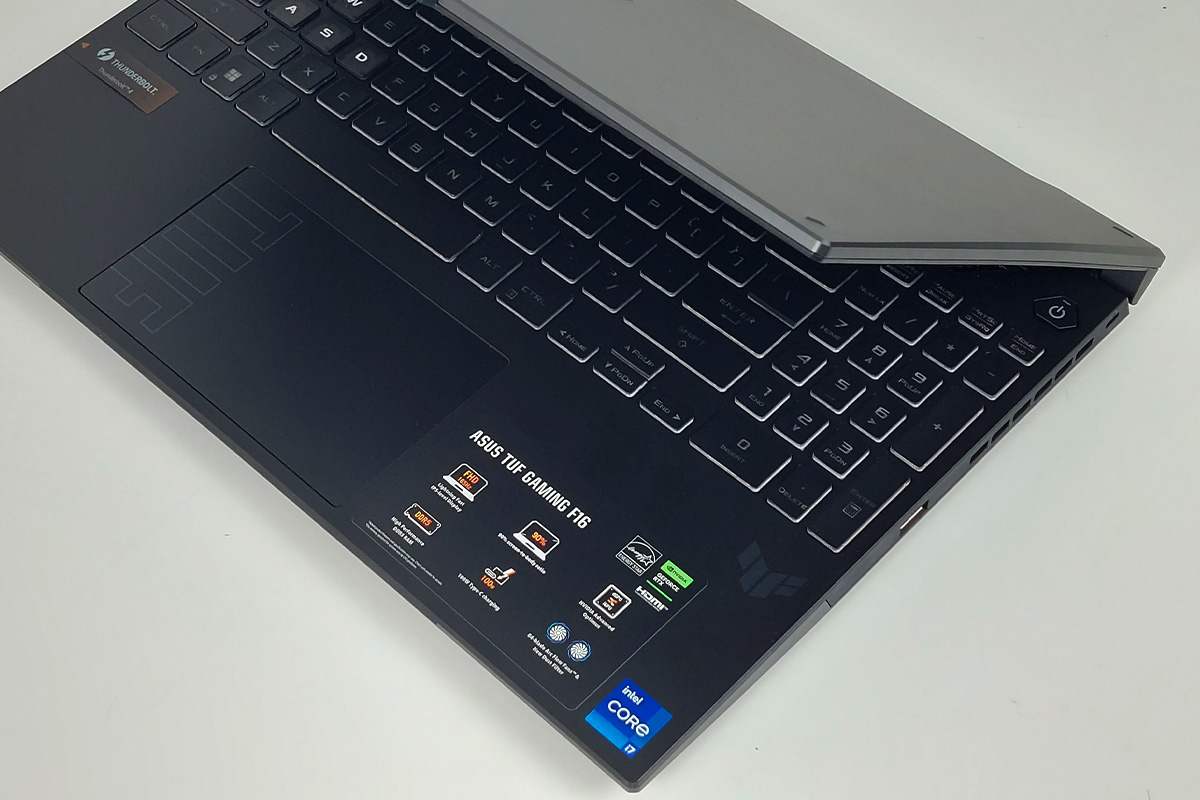












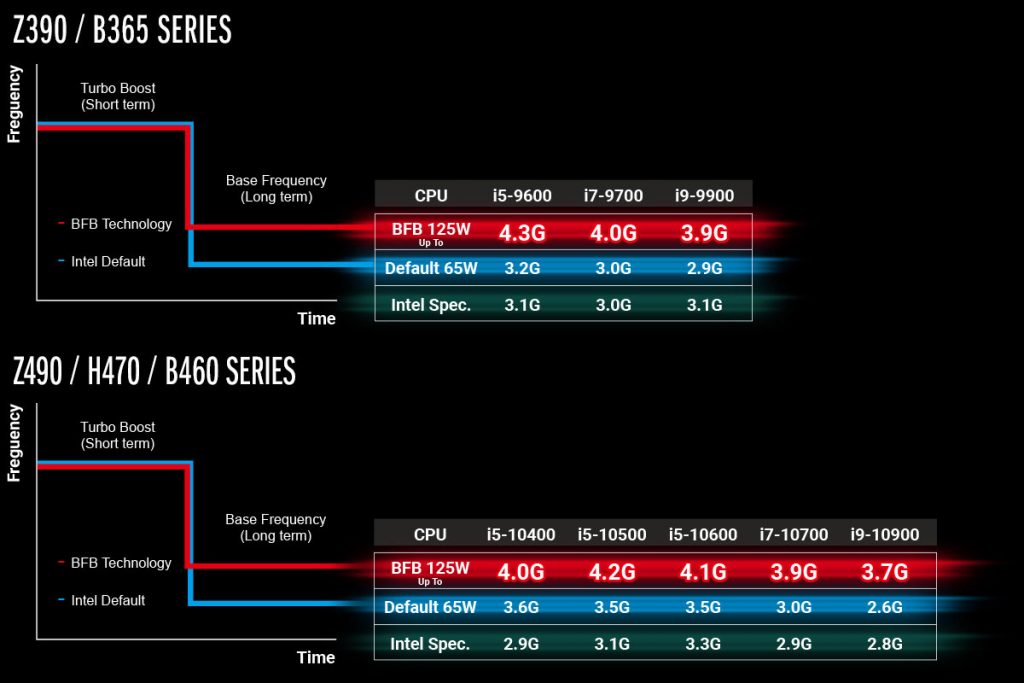
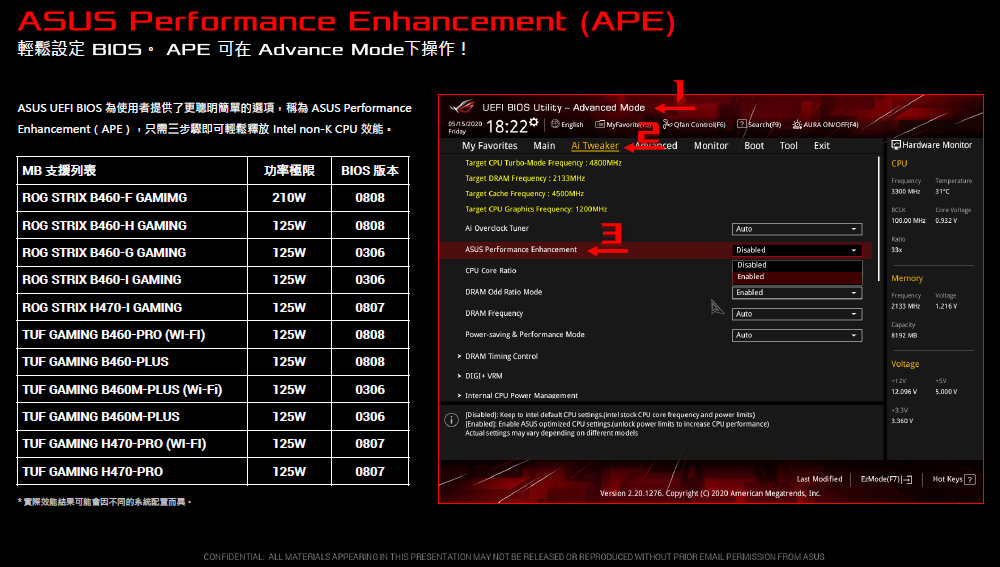
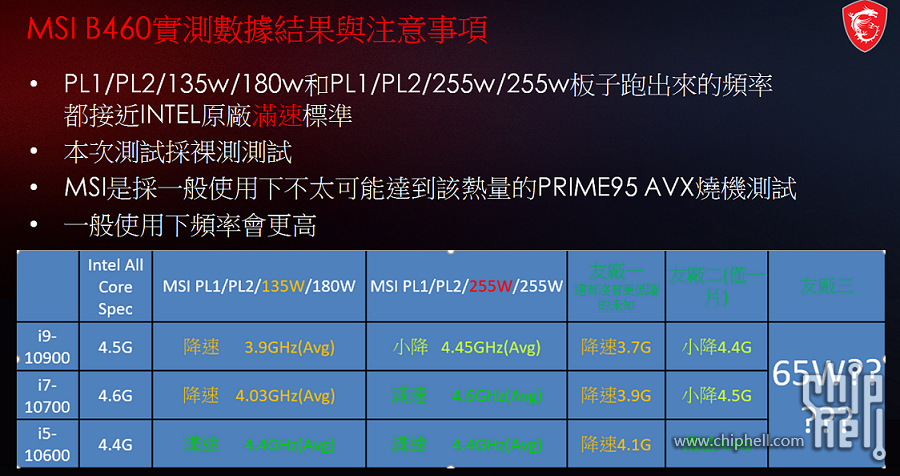








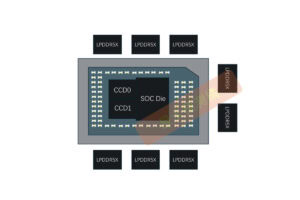






Leave a Response